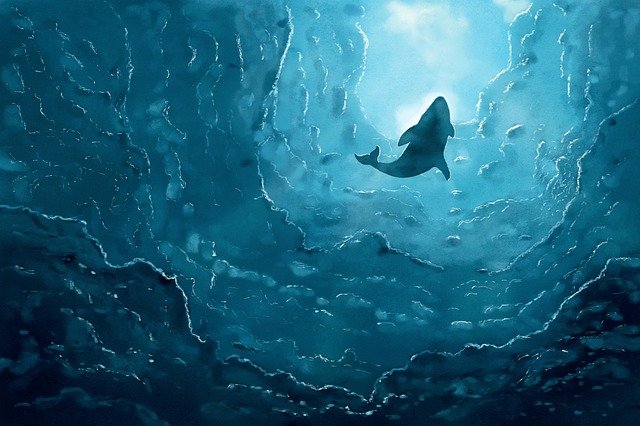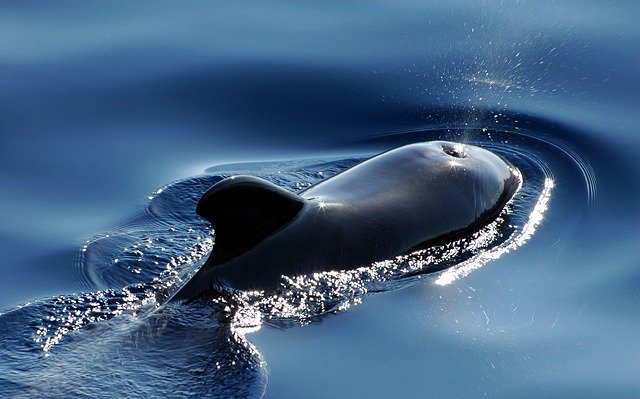This is a doubt that perhaps many people can have, there has been only one animal in the history of land that can make competition for the blue whale and is Leedsichthys that has a longitude ranging from 17 to 30 meters with a weight Of 160 tons approximately, its speed is slow, although by a few fossils found its size and weight is usually disparate.
This could be the animal that could compete with the whale but the reality is that to date the haul whale is the largest animal on planet earth, very few data on the Leedsichthys and the whale there is much data that they make it the largest animal.


Everyone has ever heard or read that the biggest and heaviest animal that ever existed is the whale, in fact, more than the dinosaurs.
The whale has a length of 30 meters, its weight is 170 tons approximately, has a speed of 50 km / h, plus it has a tongue of two tons and a heart like an elephant.
The largest representative of the marine mammals is the blue whale, known by all as the blue whale, is a titanic cetacean that can reach 30 meters in length, a barbarity and can weigh about 180 tons, being the species with larger size and Weight in history and the world. Leedsichthys is also a giant that feeds only Krill, but between the Leedsichthys and the blue whale, the battle is won by whales.


The blue whale is part of the whole family, it is the largest species that exists, its body is conical, elongated and aerodynamic, with a huge head that constitutes a quarter of its total size, the top of the head is wide And flat, almost forming a U, its nostrils are elevated and allow it to expel water to breathe, this can reach a height of 6 meters, the blue whale has 55 to 68 folds that extend from its lower jaw to near of his navel.
The blue whale honors its name because the color of its skin is blue with grayish tones and has slight marks or spots dark blue and gray, the bottom of its fins is light color as similar to white, unlike its Which is darker, the belly of the blue whale is yellowish green by the diatoms that are microscopic unicellular algae that remain attached to its body when it travels by the cold waters of the Antarctic, the North Atlantic and the North Pacific.


The dorsal fin of the blue whales are triangular and curved, it is small of only 30 centimeters and is very close to its caudal fin, this fin is inclined and is short, corresponds to 12% of the length of the whole body of the whale.
The largest blue whale ever known is a 32-meter-long adult female whale that was found in Antarctica, the blue whales of the southern hemisphere typically reach 27 to 30 meters in length, and those found In the northern hemisphere are smaller, with 23 to 24 meters in length.



